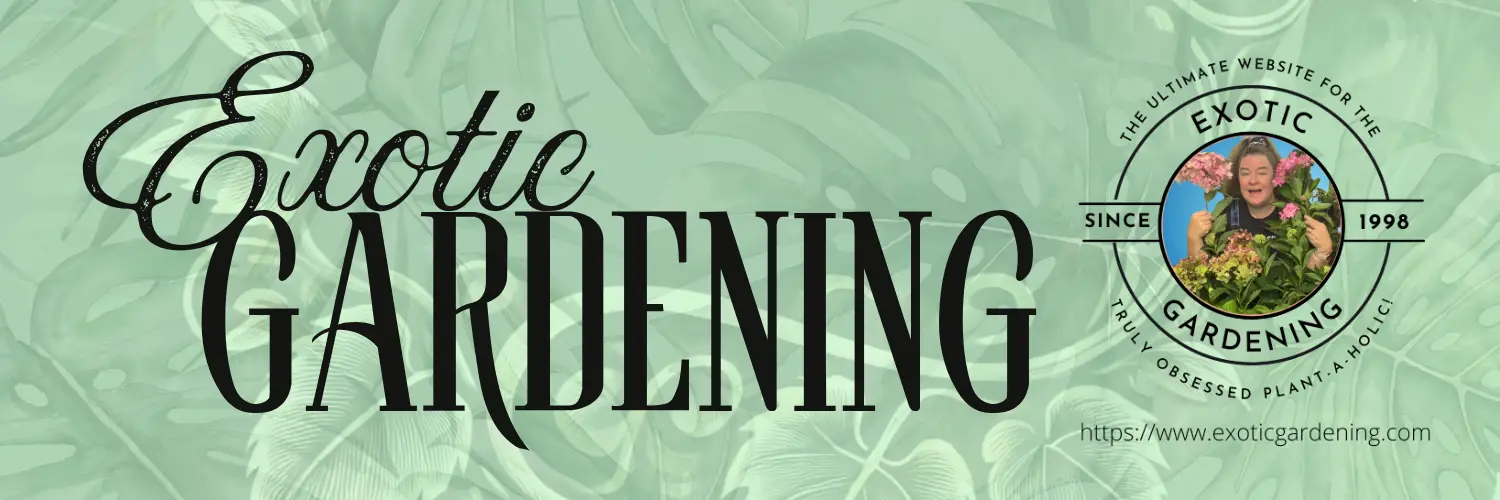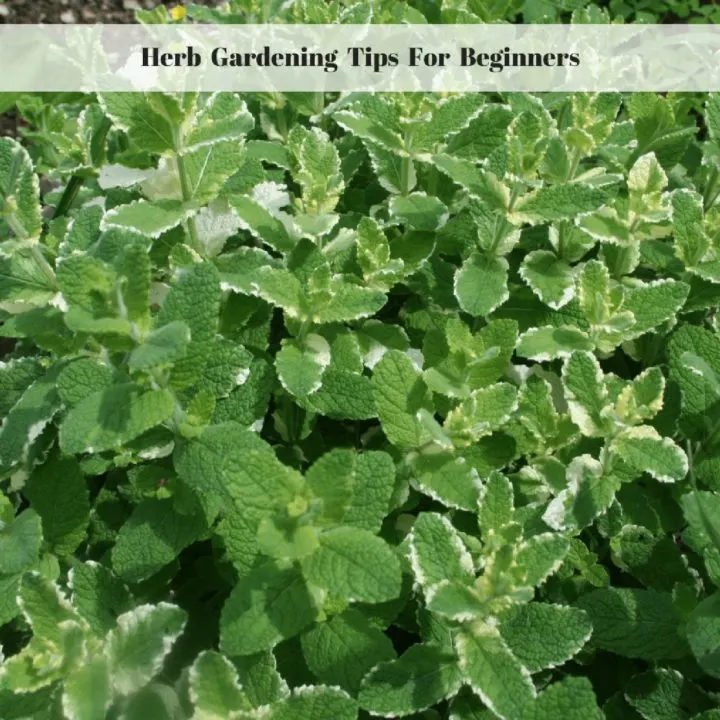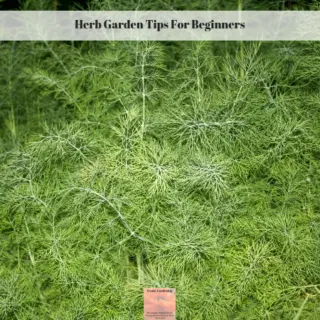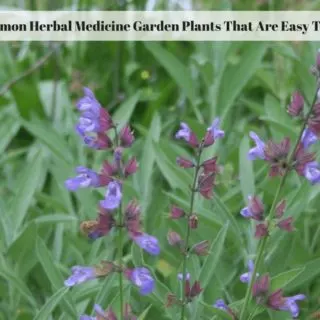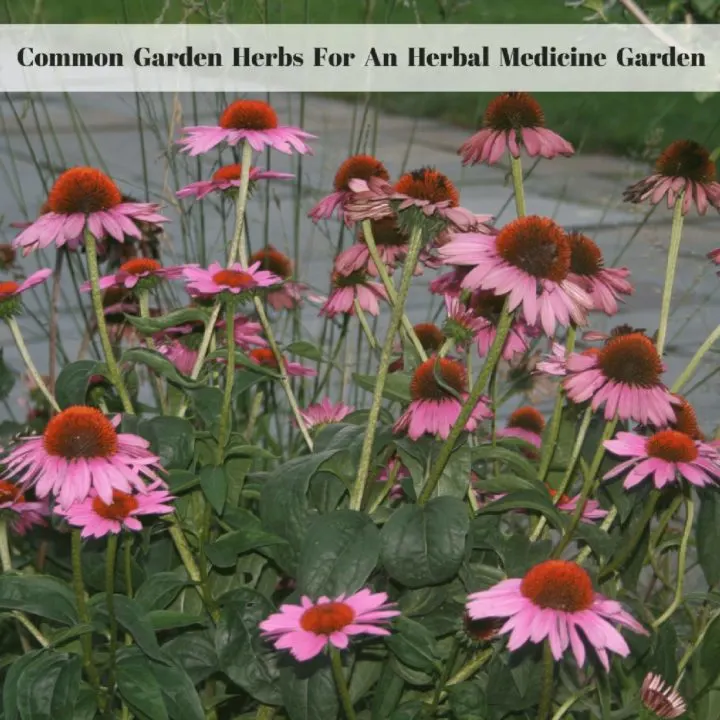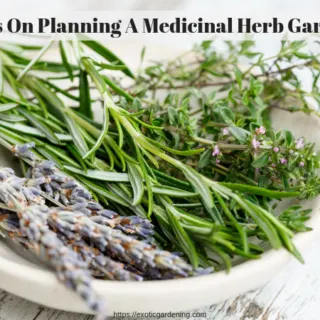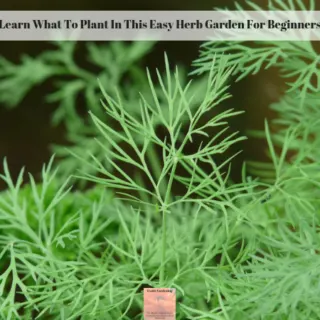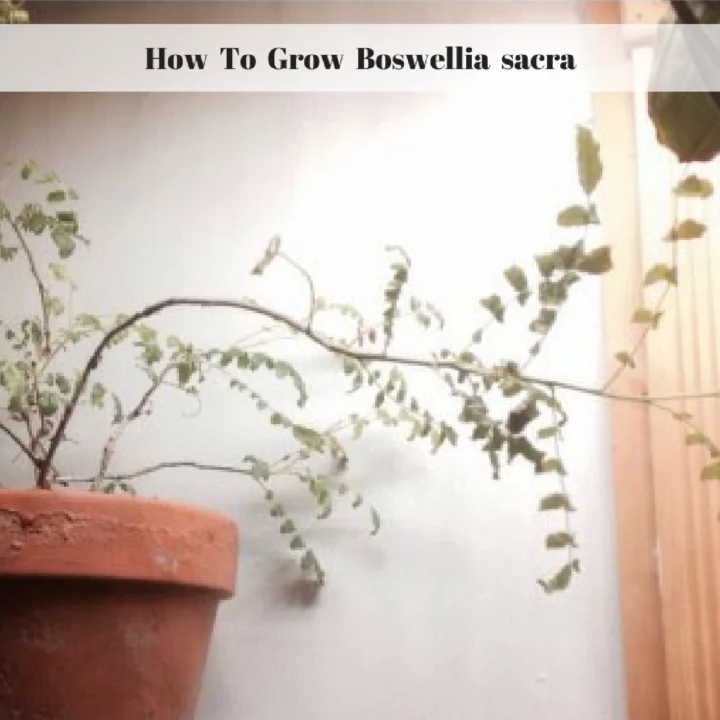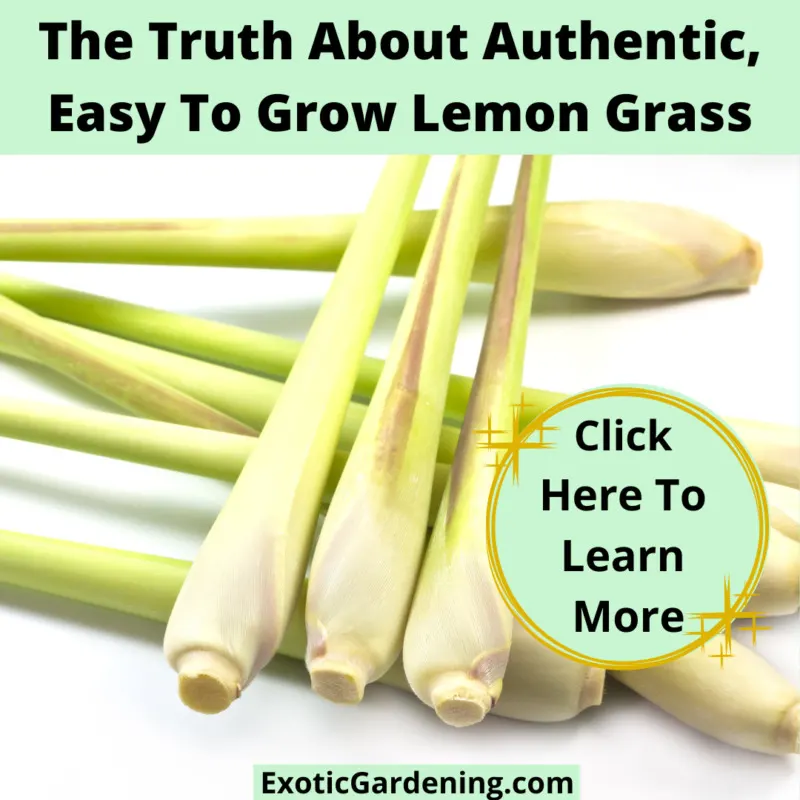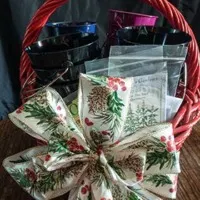The herb garden tips below are sure to help you grow the best indoor herb garden you've ever grown!
It's not always easy to grow a flourishing garden indoors, but it is possible.
There are some tips and tricks I have picked up over the years that may help you on your quest to growing the perfect herb garden indoors.
The following information will help you grow the best indoor herb garden you've ever grown!
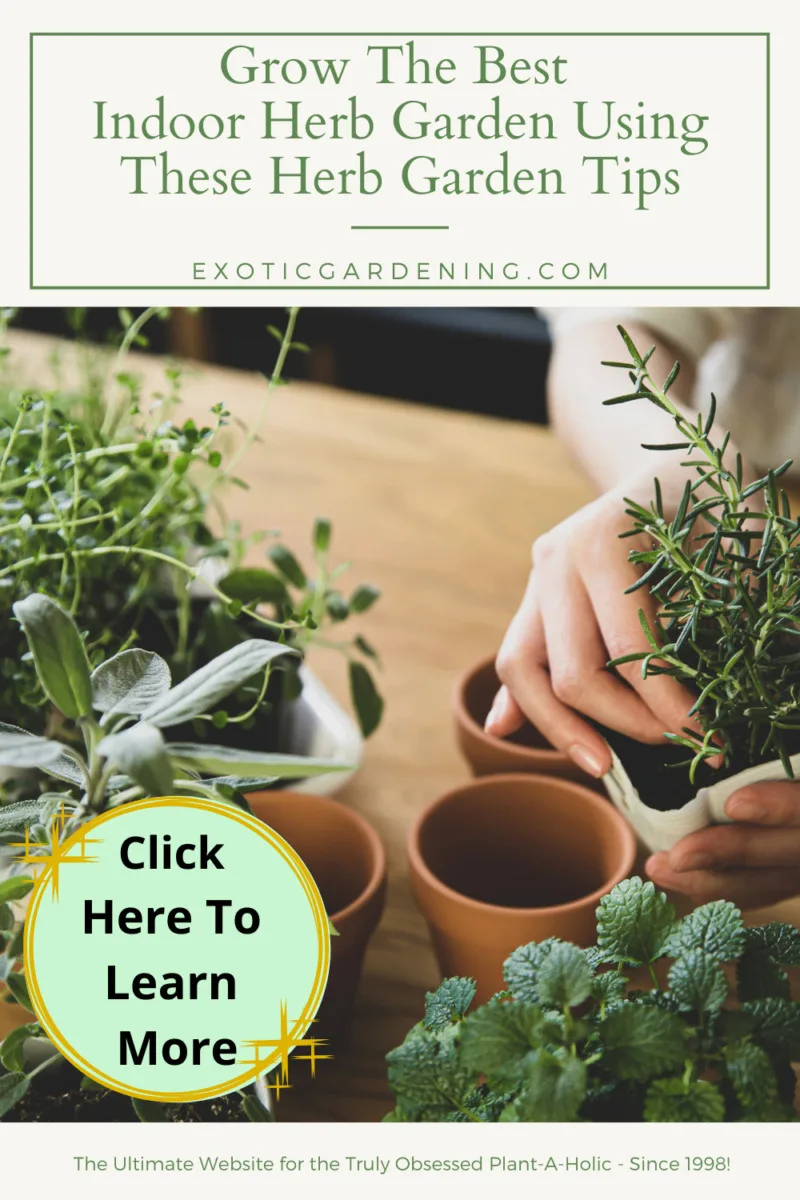
Growing The Best Indoor Herb Garden Is Easy To Do
Growing your own herbs indoors is both rewarding and fun, plus if you start off the right way, it is simple to do.
Herbs are quite adaptable, they do very well in containers and they thrive in windowsills.
The key to success is to understand what these easy to grow plants require before you get started.
Indoor Herb Gardens Need Sunlight
To grow the best indoor herb garden yet, you must provide the herb plants with adequate sun exposure.
Most herbs need six to eight hours of sunlight a day, so think about which windows on the south side of your house are ideal for growing herbs in.
An alternative to this is to provide an alternative source of light such as LED Grow Lights.
One of the reasons why making sure the herbs get the right amount of sunlight is it increases the flavor of herbs.
The more sunlight the herbs get, the better they taste.
Of course, just like when growing an herb garden outdoors, harvesting in the morning is recommended because the heat the sun produces has not had a chance to evaporate many of the oils that are on the herbs leaves.
Temperature Is A Key Factor
In order to grow the best indoor herb garden yet, you need to make sure the area your plants are growing in is somewhere between 65 to 75 degrees Fahrenheit.
This allows the herbs to grow rapidly enough that you are able to harvest them on a regular basis.
In the event the herbs are growing too fast for you to use, reduce the temperature in the room they are growing in to about 60 degrees Fahrenheit.
An alternative to this is to move the herbs to a different room that is slightly cooler.
Be sure to keep your herb plants away from drafts and never situate them over or near a furnace vent.
Growing your herbs too close to a source of heat causes the leaves to dry out quickly.
Water Your Herb Garden On A Regular Basis
Herbs grow best when they are grown in soil that is slightly damp but well-drained.
The best way to figure out how often the herbs you are growing indoors need watered is to check the soil daily in the beginning.
To do this, insert the tip of your finger into the soil and notice how it feels.
If it feels dry and nothing sticks to your finger tip then it is time to water.
If the soil feels moist and you notice bits of soil on your finger tip when you pull it out, the plant has plenty of water.
It is easy to forget to water plants until you notice they are either wilting or turning brown, so make a plan and keep to a schedule.
It is up to you to make sure they get adequate water.
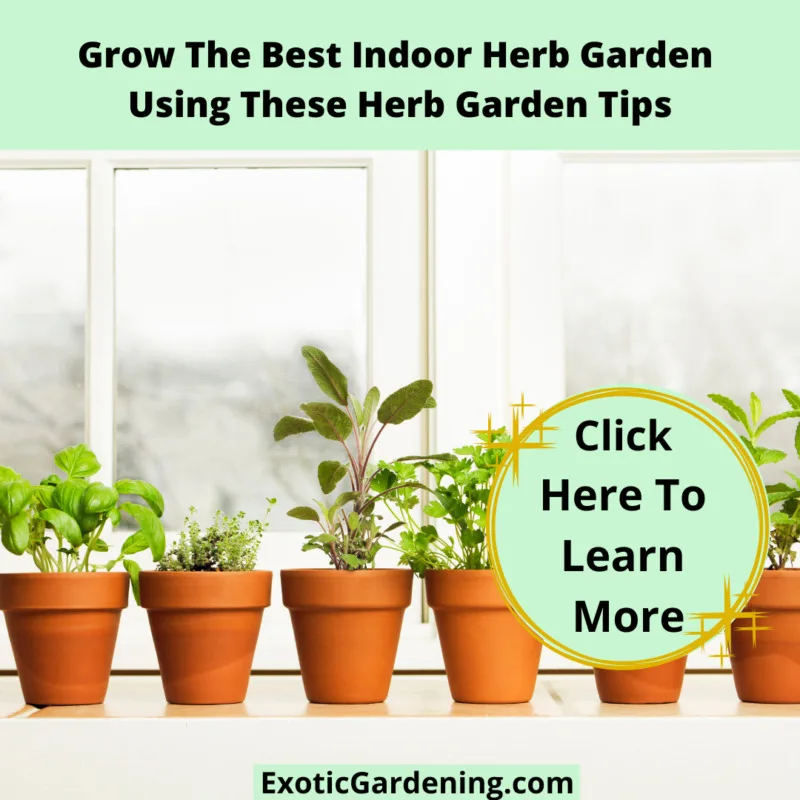
Container Growing Tips For Your Best Indoor Herb Garden Yet
The containers you choose to grow your herbs in do not need to be fancy.
In fact, plastic bottles will work if that is all you have.
What is important is that the containers have proper drainage so the roots of the herbs are not sitting in water.
This is why all containers need drainage holes in the bottom of them.
If the container you choose does not have drainage holes, be sure to put some in it before you plant your herbs.
Another option is to add a thin layer of rock to the bottom of the pot before adding the potting mix because this helps make sure the water is below the soil line.
Another recommendation is to plant the each herb in its own container.
While it is tempting to put them all in a long window box or crowd them into a larger pot, planting each herb individually has its advantages.
For one this allows each herb to get the attention it needs and it makes harvesting much easier.
It makes it easier to make sure all sides of the plant get adequate sunlight plus in the event one plant gets sick or gets infested with pests, it is easier to deal with, especially if the plant needs quarantined or disposed of.
Rotate The Containers The Herbs Are In
It is important to rotate the containers your herbs are growing in on a regular basis to make sure all parts of the plant get an equal amount of sunlight.
Rotating the herbs also helps make sure they get proper air circulation and helps to prevent mold.
Turn the plants a quarter turn once a day to promote even growth.
This also gives you the opportunity to inspect the plant to make sure there are no potential problems, such as pests or disease, that you might not see otherwise until it was too late.
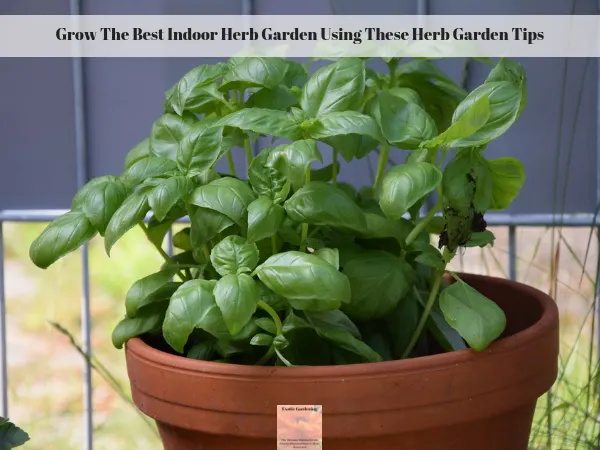
The Best Indoor Herb Garden Starts With The Right Potting Mix
Herb plants grown in containers indoors need adequate drainage and this is why choosing a soilless potting mix is your best option.
While it is true, herbs grow just fine in the ground outdoors, that dirt is compact and does not always contain the nutrients the herbs need to thrive, especially in containers.
When you use a soil that is likely to compact in a container gardening situation the potential for root rot increases because compacted soils do not drain well.
This is why it is important to choose a potting mix designed for indoor gardens.
Indoor Herb Gardens Need Fertilizer To Thrive
It is a good idea to fertilize herbs grown indoors once a week to promote strong growth.
The best fertilizers to use for growing herbs are organic fertilizers that are either fish based or contain seaweed extract.
Be aware that these fertilizers do have a scent of their own and often you can smell that for a short period of time after using them.
Final Thoughts About How To Grow The Best Indoor Herb Garden Yet
By following the tips above you can rest assured your herb garden is going to thrive and possibly produce more herbs than you can use at one time.
This simply means your indoor herb garden is thriving and you have excess to either share with someone else or preserve for use at a later date.
If you would like to learn how to preserve the herbs you grow, be sure to check out my eCourse Preserving Herbs For Winter Use!
Herb Gardening
Herb Gardening Tips For Beginners
Follow these simple herb gardening tips for beginners to successfully start your herb garden. These herb garden tips are ideal for container gardens too.
Herb Garden Tips For Beginners
From how to grow herbs to how to harvest herbs and everything in between, these herb garden tips give bite sized information ideal for beginners.
How To Grow Bay Leaves Indoors
Discover the secrets of successful gardening with our guide on how to grow bay leaves indoors. Cultivate your own aromatic herb garden!
14 Common Herbal Medicine Garden Plants That Are Easy To Grow
These fourteen common herbal medicine garden plants are easy to grow, indoors or outdoors. Common medicinal herbs often double as culinary herbs, so it is possible you are already growing some of these if you already grow an herb garden.
Common Garden Herbs For An Herbal Medicine Garden
Starting an herbal medicine garden is easy. Self-sufficiency and alternative healing options are just a couple reasons to grow a medicinal garden.
Citrus Theme Garden Tutorial
A citrus theme garden incorporates more than just fruit trees. Try citrus scented herbs, vibrant orange or yellow flower pots or even
Popular Medicinal Herbs St. Johns Wort, Ginseng and Gingko Biloba for Natural Health
St. Johns Wort, Ginkgo Biloba and Ginseng are popular medicinal herbs for natural health. Growing medicinal herbs is quite easy to do.
Tips On Planning A Medicinal Herb Garden
Check out these tips for planning a medicinal herb garden. Learn how to choose what herbs to get started with, how to choose the right site and more.
Learn What To Plant In This Easy Herb Garden For Beginners
Knowing what to plant makes creating an easy herb garden for beginners to tend much more enjoyable. Try these eight herbs.
How To Grow Boswellia sacra
Boswellia sacra is the plant frankincense tears comes from. Learn how to grow the Boswellia sacra plant and what the various uses for it are.
The Truth About Authentic, Easy To Grow Lemon Grass
Lemon grass is a versatile herb that is known for being used in cooking. It is easy to grow and the lemon scent just can't be beat.
Sheri Ann Richerson
Learn how to make three different herb garden gifts, step by step plus get some great tips on propagating herbs.
The three types of gift ideas include:
Herbal Mason Jar Trio
Trio Of Herbs In Small Clay Pots
Herbal Advent Calendar
The idea that steals the show is the herb garden Advent Caledar.
Besides making a great gift, the herb garden Advent Calendar is ideal for homeschool families!
Allow the children to plant either an herb plant or herb seeds in little buckets and then hang them in a window so they can watch the herbs grow through the winter months.
Each day in addition to planting an herb in the buckets, a lesson could be taught about the herb.
The supplies for the Advent Calendar are available at many dollar stores or this could even be a lesson in recylcing supplies you have on hand.
If you love herbs - or know someone who does - this is one eCourse you won't want to miss!
